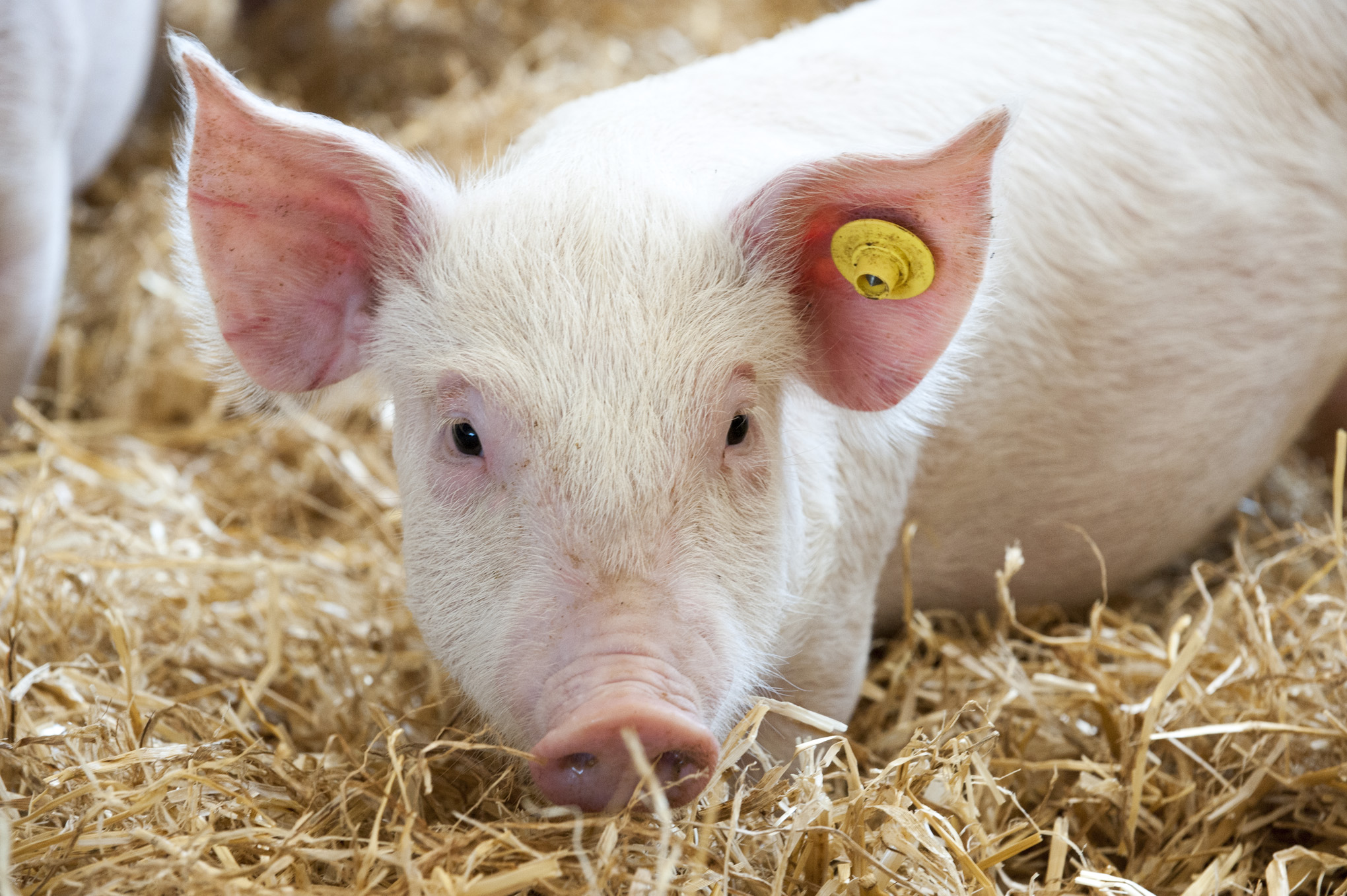
Classical swine fever
Australia is free from classical swine fever. Early detection increases our chances of containing and eradicating the disease if it does occur here. The presence or suspicion of classical swine fever must be reported in Western Australia.
Classical swine fever also known as hog cholera is a highly contagious virus, caused by a pestivirus that results in an often-fatal disease in pigs and wild boars. The clinical signs of classical swine fever are similar to African swine fever (ASF) however it is caused by a different virus. Both diseases only affect pigs and are exotic to Australia. People are not affected by classical swine fever nor African swine fever.
Historically, there have been four outbreaks of classical swine fever in Australia between 1903 and 1961 with each lasting no more than a year before being eradicated. The virus was likely introduced into Australia from imported pig meat or food refuse from ships being fed to pigs.
Australia is internationally recognised to be free of classical swine fever. The disease is present in Central and South America, Europe, Asian and parts of Africa.
Classical swine fever could enter Australia by:
- Illegally imported pork meat and pork products (hams & casings).
- Illegally imported animals, animal byproducts (hides & skins), or genetic material.
- People returning from overseas, who have had contact with infected pigs or areas where infected pigs have been kept and have the virus on their clothing, footwear or equipment.
There is no vaccination or effective treatment for classical swine fever.
The severity of signs depends on the strain of virus. Acute strains show high rates of sickness and death. The chronic form of the disease may present with reduced productivity and similar signs to some common pig diseases.
Signs of classical swine fever may include:
Acute:
- increased death rate
- high fever, loss of appetite, lethargy
- skin reddening of ears, abdomen and legs
- blueness of extremities (including ears and snout)
- coughing and difficulty breathing
- conjunctivitis
- constipation followed by diarrhoea
- vomiting
- abortions
- nervous signs (such as convulsions, incoordination, stiff gait).
Chronic:
- wasting, diarrhoea
- reproductive issues (abortions, mummified foetuses, weak and stillborn piglets).
Animals usually show signs of classical swine fever 2 to 6 days after being infected. However, if infected prenatally they may become persistently infected, and it may take several months before expressing signs of disease.
Some endemic diseases can present similarly to classical swine fever such as erysipelas, salmonellosis, pasteurellosis and other septicaemic conditions.
Exotic diseases to Australia such as African swine fever, porcine reproductive and respiratory syndrome and Aujeszky’s disease can also present similarly to classical swine fever.
How to report classical swine fever
If you suspect classical swine fever, see signs of disease or death consistent with classical swine fever in your herd, you must report it. There are 3 ways you can do this:
Early detection enables rapid investigation, control, and eradication. This supports continued critical export market access by providing evidence of the absence of specific animal diseases. Reporting helps protect against potential economic damage to individual producers and safeguards the future of our significant agricultural industry.
The department provides subsidies for disease investigations where the signs are unusual or affecting several animals in a group. Ask your local DPIRD veterinarian about the Significant Disease Investigation Program.
How does classical swine fever spread?
The classical swine fever virus is highly contagious and is stable over a wide pH and temperature range. As with African swine fever, the virus that causes classical swine fever can persist in the environment and in infected meat products for extended periods. Classical swine fever can also spread through blood, saliva, urine, semen, skins and hides, and manure of infected animals.
The virus can spread by:
- ingestion of contaminated products from infected pigs (swill)
- direct contact with an infected animal
- feeding infected stock feed to pigs
- direct contact with a contaminated environment
- contaminated fomites (such as equipment, clothing, footwear, veterinary instruments, vehicles, people, bedding)
- contaminated effluent, urine, semen and faeces of pigs.
